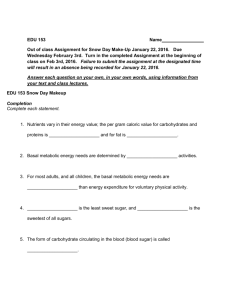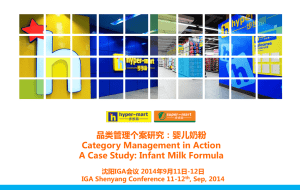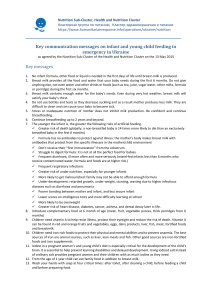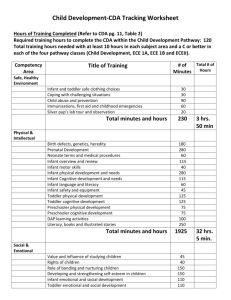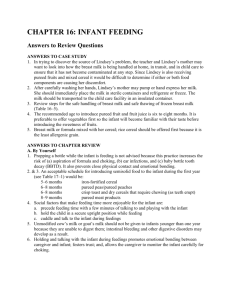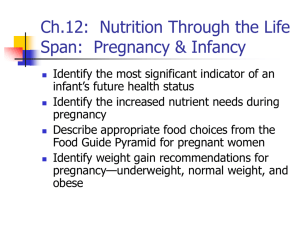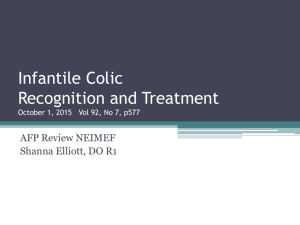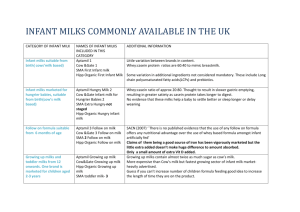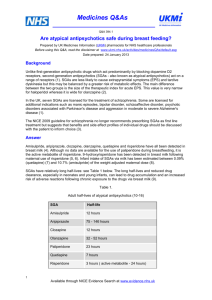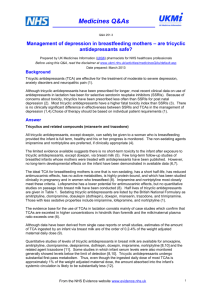Specialty Infant Enteral Nutrition
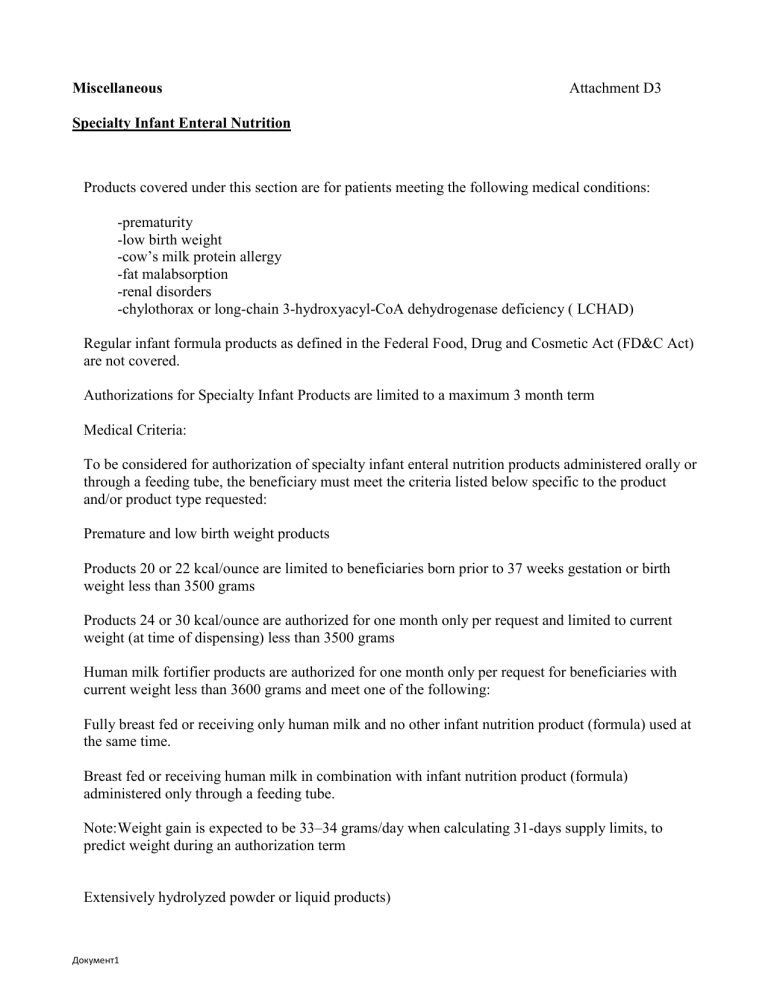
Miscellaneous Attachment D3
Specialty Infant Enteral Nutrition
Products covered under this section are for patients meeting the following medical conditions:
-prematurity
-low birth weight
-cow’s milk protein allergy
-fat malabsorption
-renal disorders
-chylothorax or long-chain 3-hydroxyacyl-CoA dehydrogenase deficiency ( LCHAD)
Regular infant formula products as defined in the Federal Food, Drug and Cosmetic Act (FD&C Act) are not covered.
Authorizations for Specialty Infant Products are limited to a maximum 3 month term
Medical Criteria:
To be considered for authorization of specialty infant enteral nutrition products administered orally or through a feeding tube, the beneficiary must meet the criteria listed below specific to the product and/or product type requested:
Premature and low birth weight products
Products 20 or 22 kcal/ounce are limited to beneficiaries born prior to 37 weeks gestation or birth weight less than 3500 grams
Products 24 or 30 kcal/ounce are authorized for one month only per request and limited to current weight (at time of dispensing) less than 3500 grams
Human milk fortifier products are authorized for one month only per request for beneficiaries with current weight less than 3600 grams and meet one of the following:
Fully breast fed or receiving only human milk and no other infant nutrition product (formula) used at the same time.
Breast fed or receiving human milk in combination with infant nutrition product (formula) administered only through a feeding tube.
Note: Weight gain is expected to be 33–34 grams/day when calculating 31-days supply limits, to predict weight during an authorization term
Extensively hydrolyzed powder or liquid products)
Документ1
Beneficiary must have a current diagnosis of cow’s milk protein allergy or intolerance to breast milk or infant formula
For liquid form, beneficiary must meet one of the following:
Born less than 34-weeks gestational
Birth weight less than 1800 grams
Currently diagnosed with immune function disorder
Documented intolerance to covered extensively hydrolyzed powdered product
Amino Acid-Based (100 percent) products is limited to beneficiaries that meet one of the following:
Documented intolerance to breast milk or infant formula
Extensively hydrolyzed (semi-elemental) products are contraindicated
Documented in hospital use prior to discharge
Fat Malabsorption Products are limited to fat malabsorption diagnosis not effectively addressed by breast milk, regular infant formula, and extensively hydrolyzed protein.
Renal Products are limited to beneficiaries that meet one of the following:
Renal function impairment
Hypercalcemia
Hypocalcemia due to hyperphosphatemia
Enfaport Product (Chylothorax or LCHAD product) is limited to beneficiaries that meet one of the following:
Chylothorax
Long-chain-3-hydroxyacyl-CoA-dehydrogenase deficiency (LCHAD deficiency)
Cystic Fibrosis
Diagnosed mitochondrial disorder
Product Age Limitations
The following age criteria must be met:
Документ1
For use at time of birth through age 12 months.
Corrected age (CA) applies only to infants born prior to 37 weeks gestation. For example, if birth date is 36 weeks gestation (four weeks early), remove four weeks from actual age (AA) since birth to get CA.
CA is always younger than AA.
Use beyond age 12 months (including CA when applicable) requires documented medical justification clearly supplied on, or with, the authorization request, as documented in the infant’s medical record.
Maximum age nine months plus 29 days at time of authorization; CA applies, except when noted.
Quantity Restrictions Quantities for specialty infant enteral nutrition products based on sole source nutrition are approved up to six months of age.
Note: Except infants that do not make expected progress in advancement to solid foods, usually associated with a lessening in kcals/kg of body weight need recognized by American Academy of
Pediatrics. Additional medical documentation, stated clearly on or with the authorization request, as documented in the infant’s medical record is required.
Документ1
